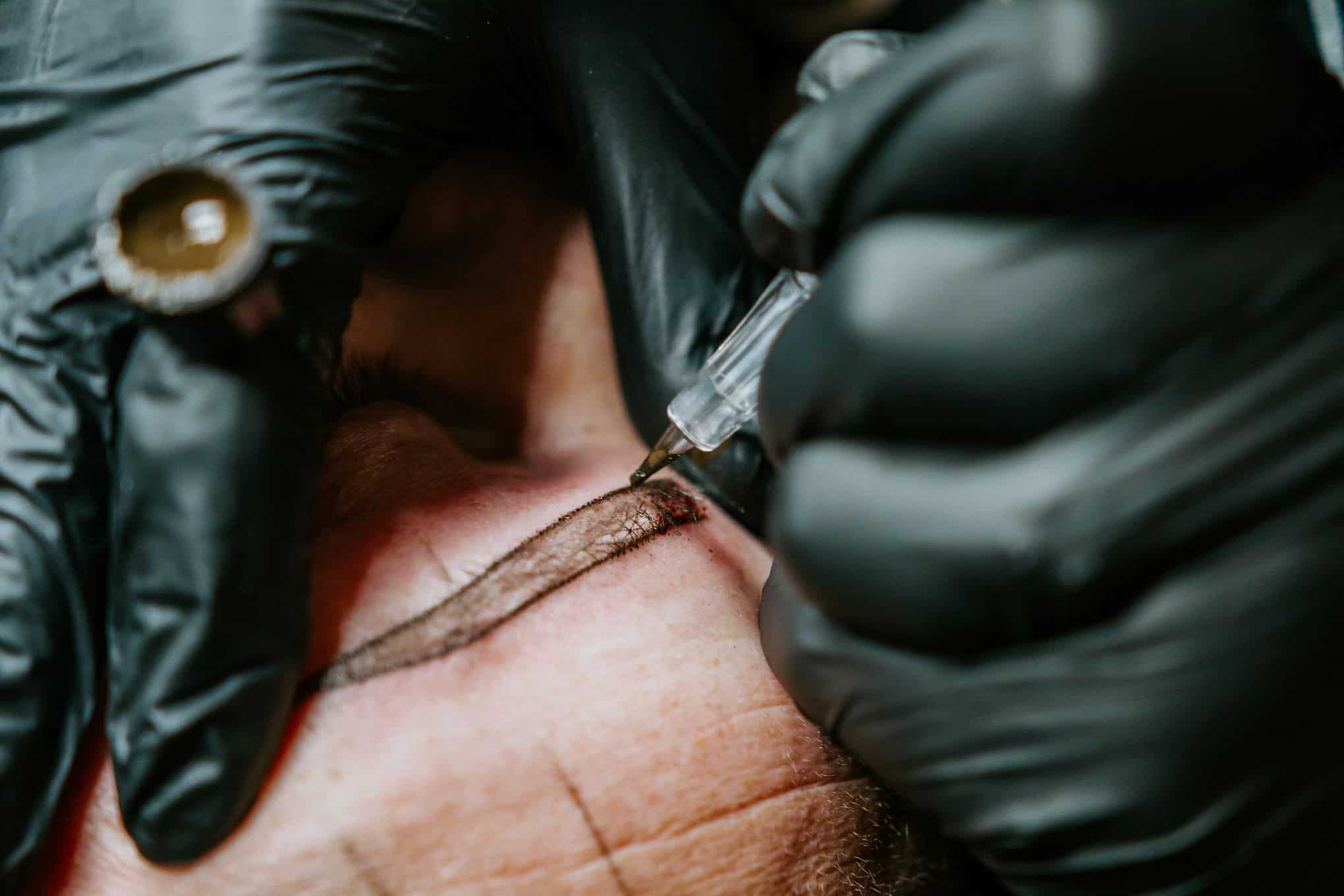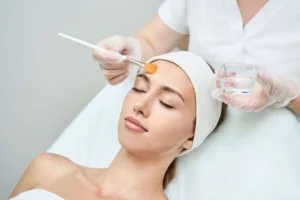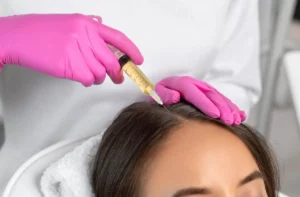Which is Better for Perfect Eyebrows?
When it comes to achieving perfectly shaped and defined eyebrows, several cosmetic procedures are available today. Two of the most popular eyebrow-enhancing techniques are microblading and microshading.
While these two treatments may sound similar, they are quite different in their process, outcomes, and durability.
In this article, we’ll explore the differences between microblading and microshading to help you choose the right technique for your eyebrow goals.
What is Microblading?
Microblading is a semi-permanent eyebrow treatment that involves using a small handheld tool to create hair-like strokes on the skin. These strokes mimic natural brow hairs and create the illusion of fuller, more defined eyebrows.
The microblading process typically takes 1-2 hours to complete and involves several steps, including:
- Consultation: A microblading artist will examine your natural brow shape and discuss your desired outcome before beginning the procedure.
- Mapping: The artist will use a brow pencil to draw a precise outline of your desired brow shape.
- Numbing: A topical anaesthetic will be applied to the brow area to minimise any discomfort during the procedure.
- Microblading: The artist will use a handheld tool to create hair-like strokes in the skin, depositing pigments that match your natural brow colour.
- Microblading results typically last 1-2 years, after which the pigment will begin to fade and require touch-ups to maintain the desired shape and colour.
What is Microshading?
Microshading, or ombré brows or eyebrow tattoos, is a semi-permanent eyebrow treatment involving a small handheld tool to create a soft, powdered effect on the skin. This technique involves depositing pigments in a stippling motion, creating a gradient effect that appears softer and more natural than microblading.
The microshading process typically takes 1-2 hours to complete and involves several steps, including:
- Consultation: A microshading artist will examine your natural brow shape and discuss your desired outcome before beginning the procedure.
- Mapping: The artist will use a brow pencil to draw a precise outline of your desired brow shape.
- Numbing: A topical anaesthetic will be applied to the brow area to minimise discomfort during the procedure.
- Microshading: The artist will use a handheld tool to create a soft, powdered effect on the skin by stippling pigments into the brow area.
- Microshading results typically last 1-3 years, after which the pigment begins to fade and requires touch-ups to maintain the desired shape and colour.
Microblading vs Microshading: The Differences
While microblading and microshading are both semi-permanent eyebrow treatments, but the two techniques have several key differences.
Procedure
The main difference between microblading and microshading is the way in which the pigments are deposited into the skin. Microblading involves creating hair-like strokes on the skin, while microshading involves creating a soft, powdered effect using a stippling motion. This means that microblading results in more defined, individual brow hairs while microshading produces a softer, more natural-looking gradient effect.
Durability
Microblading and microshading both produce semi-permanent results, but the durability of each technique varies. Microblading results typically last 1-2 years, while microshading results can last up to 3 years. However, both techniques require touch-ups every 6-12 months to maintain the desired shape and colour.
Pain
While microblading and microshading procedures involve some discomfort, the pain level can vary depending on the individual’s pain tolerance. Numbing creams are typically used to minimise any discomfort during the procedure.
Suitability
Microblading and microshading may not be suitable for everyone. For example, those with very oily skin may not be good candidates for microblading, as the pigment may not hold well in their skin.
On the other hand, those with dry skin may be better suited for microblading, as the hair-like strokes can create a more natural-looking effect. A consultation with a microblading or microshading artist can help determine which technique suits your needs and goals.
| Features | Microblading | Microshading |
| Pigment Deposit | Hair-like strokes | Soft, powdered effect using a stippling motion |
| Result Appearance | Defined, individual brow hairs | The softer, natural-looking gradient effect |
| Durability | 1-2 years | Up to 3 years |
| Touch-up Frequency | Every 6 -12 months | Every 6 -12 months |
| Pain Level | The discomfort involved, pain level varies | The discomfort involved, pain level varies |
| Suitability | May not be suitable for oily skin | Suitable for dry skin |
Which Technique is Right for You?
Choosing between microblading and microshading ultimately depends on your individual goals and preferences. If you’re looking for a more defined, precise brow shape with individual hair-like strokes, microblading may be the better option for you.
However, if you prefer a softer, more natural-looking gradient effect, microshading may be the way to go. A consultation with a microblading or microshading artist can also help you determine which technique best suits your skin type and desired outcome.
To Sum Up!
Both microblading and microshading are effective techniques for achieving fuller, more defined eyebrows. While they differ in their process, outcomes, and durability, both techniques can provide long-lasting results with the proper maintenance and touch-ups.
Consider your individual preferences and goals when choosing between microblading and microshading to ensure you achieve your desired brow look.
So, if you’re ready to enhance your brow game and boost your confidence, take action today and schedule your consultation with our professionals to get started on your brow transformation journey!
FAQs
Can I get microshading or microblading if I have sensitive skin?
It is possible to get these techniques if you have sensitive skin, but it’s important to inform your technician beforehand. They may recommend a patch test to determine if you are allergic to the pigment or other materials used during the procedure.
Can I swim or go in a hot tub after microshading or microblading?
It’s recommended to avoid swimming, hot tubs, and other activities that involve submerging the eyebrows in water for at least two weeks after the procedure
How long does the microshading or microblading procedure take?
The procedure usually takes about 1-2 hours, but this can vary depending on the individual and the technician’s technique.
Are there any risks associated with microshading or microblading?
As with any cosmetic procedure, some risks are associated with microshading and microblading. These include infection, allergic reactions, and scarring. It’s important to choose a reputable and experienced technician to minimise these risks.



